The substantial increase in energy consumption at the same time rising electricity rates, has helped the Philippines emerge as a top solar energy producer in southeast Asia. Thanks to government initiatives that promote sustainability, the country is adopting rapidly expanding solar projects in the residential, commercial, and industrial sectors.
This article examines what is propelling the Philippines to the forefront of solar energy and why individuals and companies should fully adopt solar power at this point.
Increasing Demand for Renewable Energy
Renewable energy has seen a significant boom in demand ever since the Philippines started facing a soaring electricity price and frequent power outages. With an average PHP 9-12 per kWh rate, the Philippines ranks amongst the highest in southeast Asia for power consumption. Due to this rising financial burden, most households and businesses are adopting sustainable methods like solar power.
An average of 4.5-5.5 kWh of solar irradiance is received per square meter daily. The Philippines can harness a great deal of solar energy. With the rise of climate change, there is a tendency towards the adoption of clean energy in a bid to save the economy and the environment at the same time.
Government Initiatives and Policies Supporting Solar Energy
Various policies have been created in the Philippines to make the adoption of solar energy easier.
-
Renewable Energy Act of 2008
This act includes benefits such as income tax exemptions for up to 7 years and a VAT zero rating for solar installations, which makes the spending for solar projects remarkably lower.
-
Net Metering Program
This lets homeowners and businesses offset their electricity costs by returning unused solar energy to the grid. Since the program’s launch in 2015, the Philippines has authorized 101.1 MW of PV capacity under its net-metering regime. In 2023, the Philippines authorized 37.9 MW of net-metering PV capacity.
-
Green Energy Auction Program GEAEP
The Department of Energy established the program intending to capture investments in renewable energy to increase the use of renewable energy to 35% by 2030 and 50% by 2040.
Local and International Investment for Solar Energy Projects
The renewable energy sector has been able to draw considerable foreign and domestic investment.
Citicore Renewable Energy Corporation is planning the deployment of 1GW solar power plants throughout the country by 2025.
In the Philippines, ACEN, an energy arm of Ayala Corporation, aims to expand its 500MW solar portfolio by 2030.
Earlier this year, Solar Philippines launched an additional 2GW of solar projects to fulfill the demand in the international and local markets.
These investments will augment the solar energy potential of the nation and provide economic opportunities by creating green jobs.
Economic and Financial Benefits Brought by Solar Energy
- On purchasing an energy system, families and companies stand to benefit from tremendous cost savings and hence, profitability.
- A 5kW solar system can save an average family ₱60,000 – ₱80,000 per annum on their electricity expenditure.
- Businesses with larger solar installations (>100kW) can reduce spending on electricity by hundreds of thousands of pesos annually.
- Perhaps the greatest advantage of solar energy is that panels will only require replacement after 25 – 30 years, with almost no maintenance cost during the period.
Improvements Made in Solar Technology Efficiency for World Power Supply
Recent technological developments have made the construction of new solar elements cheaper and easier to complete.
- Bifacial solar panels can capture sunlight from two directions, increasing efficiency by 10-20%.
- Battery storage solutions: Shifts the reliance on the grid by permitting users to stock up additional electricity during peak or night hours.
- Smart inverters: Boost the performance of energy management systems by optimizing electricity use and minimizing costs.
These advancements have improved the effectiveness and penetration of solar energy for consumers of various income brackets.
Sustainability and Environmental Impact
Using solar power greatly minimizes the carbon footprint. The Philippines is heavily dependent on coal, constituting more than 50% of the country’s energy mix. The country can reduce its dependence on fossil fuels by increasing the adoption of solar energy, having a more environmentally sustainable and greener future.
For example, one single 1MW solar farm can reduce carbon emissions by approximately 1,500 metric tons a year, which is equal to growing 70,000 trees.
The Future of Solar Energy in the Philippines
The combination of favorable government policies, lower solar prices, and heightened interest in environmental protection puts the Philippines in a position to become a leading generator of solar power in the region. The Department of Energy’s National Renewable Energy Program (NREP) targets an increase of 20 gigawatts of renewable energy capacity by 2040, and solar is expected to spearhead this growth. This plan will follow a five-step plan to achieve this target by 2027 –
- Increase the geothermal capacity by 75%
- Increase in the hydropower capacity by 160%
- The addition of a biomass power capacity of 277 MW
- Manufacturing facility for ocean energy
Partner with Nativ Techniks for Your Solar Needs
As the Philippines transitions into a solar-powered nation, there has never been a better time to invest in solar energy. Nativ Techniks offers a wide array of solar technology options that are made specifically for your residential or business purposes. From consulting on how to reduce your electricity bills to utilizing solar energy as a business resource, we have you covered.
Contact us as soon as possible to set yourself up for a more affordable and environmentally friendly future!
Final Thoughts
Emerging as a pioneer in solar energy resources in Southeast Asia, the Philippines is reaping the benefits of proactive government policies, investment growth, and modern technology. Rising solar energy application usage combined with the ever-increasing energy appetite outshines the other resources.
In other words, the future is green and economical. Now is the best time for individuals and organizations to adopt solar solutions and join the movement.
So, contact us and get the best panel for your needs. To call, dial +639176310032 or write to us directly at wecare@nativtechniks.com
Also read our other blogs
Flexible Solar Panels: The Future of Portable & Efficient Solar Power Solutions
How Businesses in the Philippines Can Gain Competitive Edge with Solar Power ?


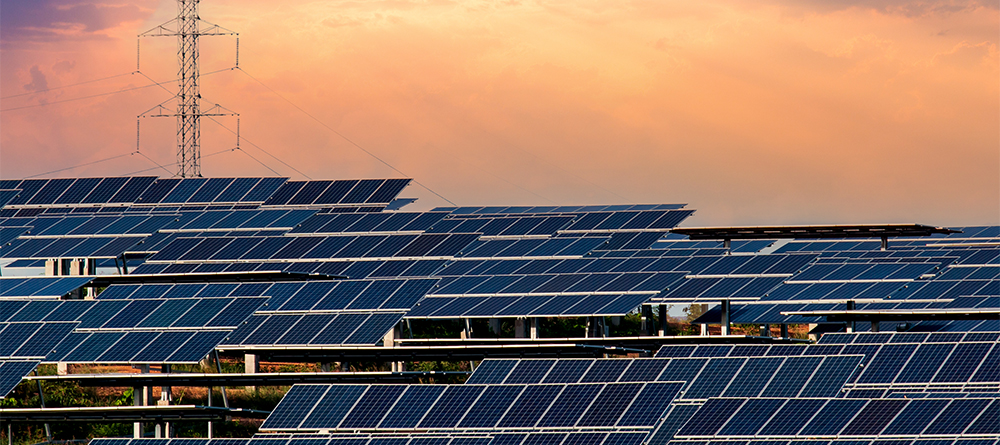
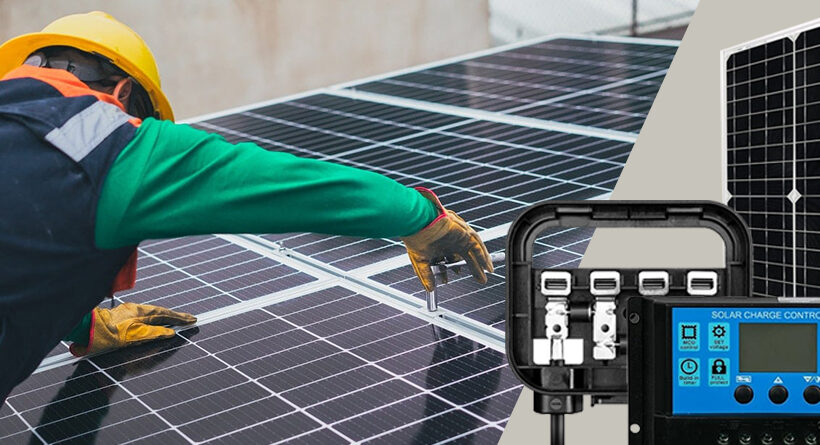

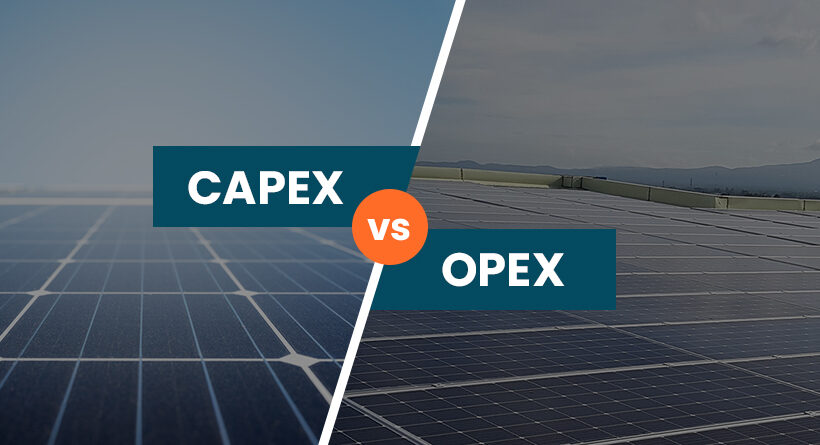
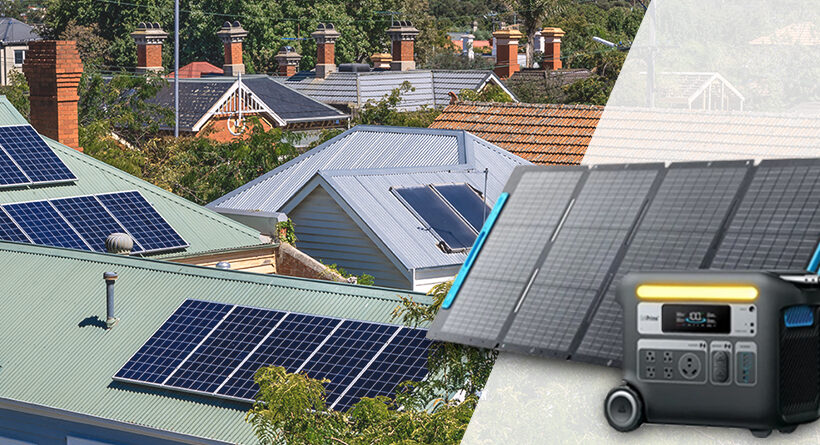
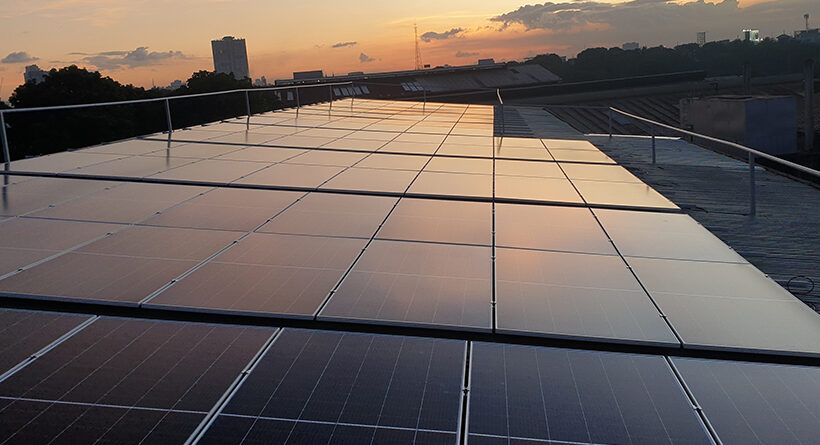
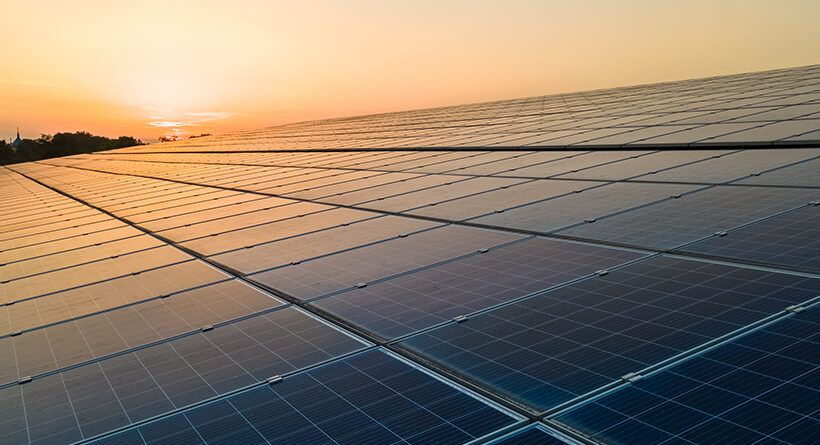
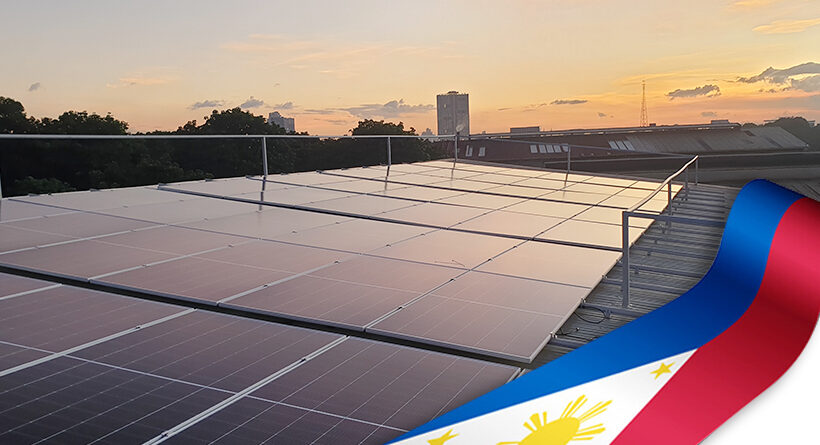
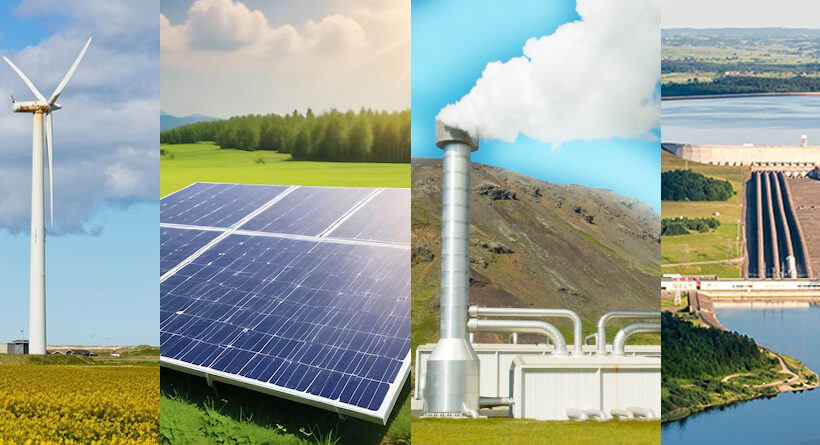

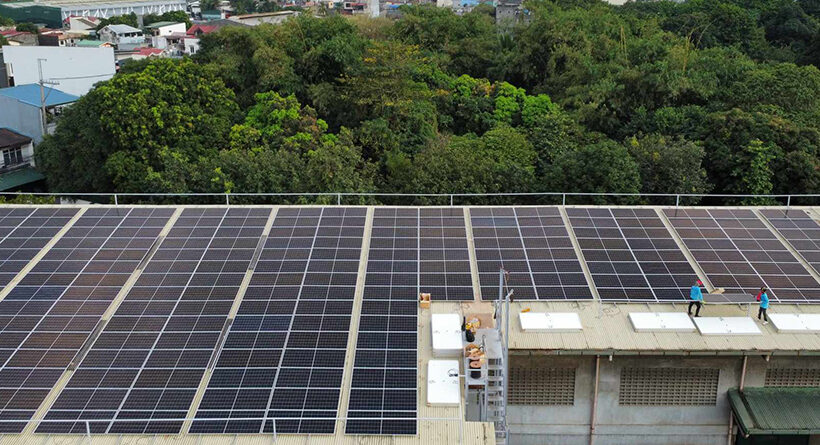
Leave a Reply